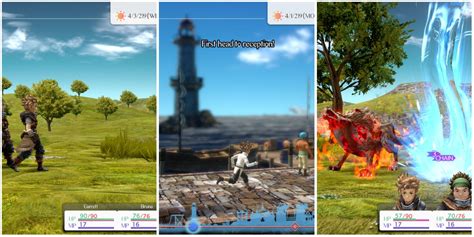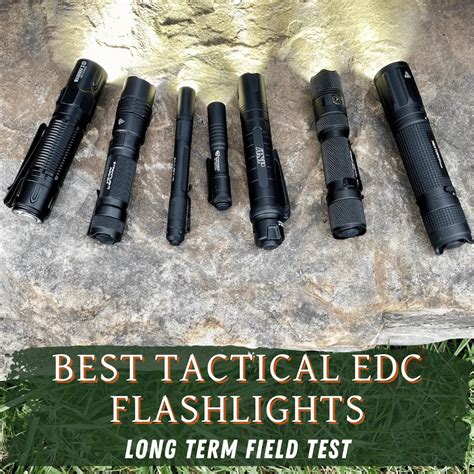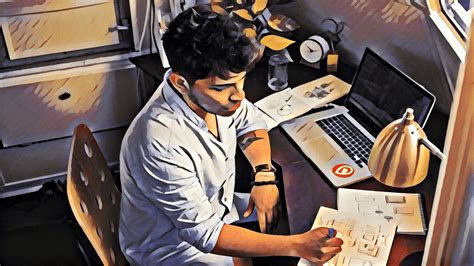An everyday carry (EDC) flashlight is more than just a light source; it’s a critical tool for preparedness, navigation, safety, and countless practical tasks. For many, it’s as essential as a wallet or keys. However, the market is flooded with options, each boasting an impressive array of features. This abundance can make choosing the ‘perfect’ EDC flashlight a daunting task, especially when trying to pinpoint the single most important attribute. So, if you had to pick just one, what feature truly stands out as the ultimate priority?
The Lure of Lumens: Brightness and Beam Profile
For many, the first and most obvious answer is brightness. High lumen output often equates to greater utility, allowing you to cut through darkness, disorient an attacker (temporarily), or illuminate a wide area. A powerful beam can be invaluable for identifying threats at a distance or navigating treacherous terrain.
However, sheer lumens aren’t the whole story. The beam profile – how concentrated or dispersed the light is – plays a significant role. A tightly focused hotspot is excellent for long-distance illumination, while a broad floodlight is better for close-up tasks. Prioritizing brightness often means balancing power with control, ensuring the light serves its intended purpose effectively without just being a dazzling show.

Endurance is Key: Battery Life and Power Source
What good is a super bright flashlight if it dies on you after a few minutes? For a significant portion of EDC users, dependable battery life and a reliable power source are paramount. An EDC tool needs to be ready when you need it, and that means having sufficient runtime for extended use or emergency situations.
This prioritization often leads to a focus on efficient LED drivers, larger capacity batteries (like 18650 or 21700 cells), or the convenience of rechargeable options, sometimes even with integrated USB charging. The trade-off might be slightly less peak brightness or a larger form factor, but the peace of mind knowing your light will last through a crisis can be invaluable.
Built to Last: Durability and Reliability
An EDC item by its very nature is exposed to daily wear and tear. It gets bumped, dropped, exposed to elements, and generally put through its paces. For this reason, many prioritize robust construction and unwavering durability. A tactical flashlight should be able to withstand the rigors of daily life and harsh environments without failing.
Features like aerospace-grade aluminum bodies, impact resistance, waterproofing (IPX-8 ratings), and hardened glass lenses are indicators of a flashlight built for the long haul. A durable flashlight is a reliable flashlight, capable of performing when everything else goes south. It might not be the brightest or the smallest, but knowing it won’t fail you is a powerful reassurance.
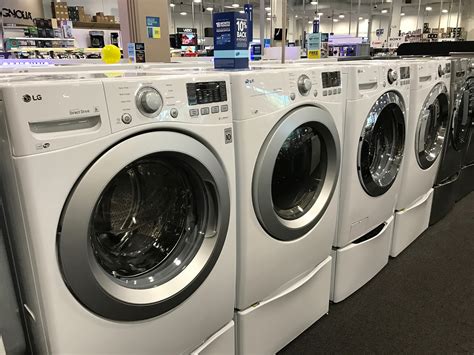
Always There: Size, Portability, and Ergonomics
An EDC item is only useful if you actually carry it. This fundamental truth leads many to prioritize size and portability above all else. A flashlight that’s too bulky or heavy might get left behind, rendering all its other features moot. A truly effective EDC light is one you forget you’re carrying until you need it.
This focus often translates to favoring compact, lightweight designs that easily fit into a pocket, attach to a keychain, or clip securely to a belt. Ergonomics, such as a comfortable grip and accessible switch placement, also fall under this umbrella, ensuring quick deployment and ease of use in stressful situations. The ultimate goal here is unobtrusive utility.
Intuitive Control: User Interface (UI) and Modes
A flashlight with incredible brightness and durability can be frustrating and even dangerous if its user interface is complicated or illogical. For some, an intuitive UI and well-thought-out mode selection are the most crucial features. In an emergency, you don’t want to be fumbling through multiple clicks to get to your desired output.
This includes factors like simple one-click access to turbo or low modes, memory functions, accessible strobe for self-defense, and the absence of unnecessary ‘blinkies’. A well-designed UI ensures that the flashlight’s power is always at your fingertips, making it a truly tactical and usable tool rather than just a bright object. Seamless operation, especially under stress, can be a lifesaver.
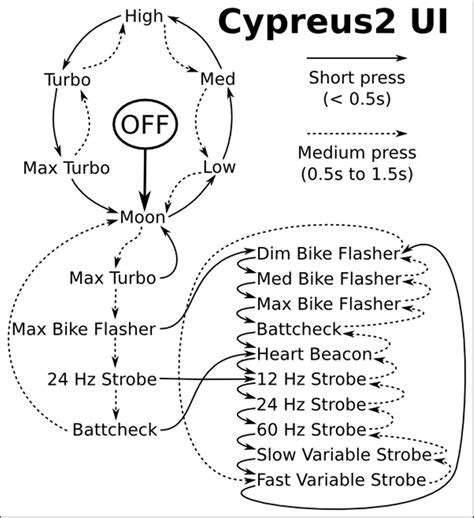
The Personal Equation
Ultimately, the ‘most prioritized’ feature in a tactical EDC flashlight is highly personal and depends significantly on your lifestyle, environment, and specific needs. A first responder might prioritize immediate access to high lumen output and extreme durability, while an urban commuter might lean towards compact size and long-lasting low modes. Someone living in a rural area might value beam throw above all else, whereas a tradesperson might focus on magnetic bases and efficient flood lighting.
There’s no single right answer, but reflecting on your own daily carry philosophy and potential use cases will help you pinpoint your personal ultimate priority. It’s the feature that, if compromised, would most significantly diminish the flashlight’s value to you as an everyday tool. What truly makes a flashlight an indispensable part of your EDC?

Consider the scenarios where you’d most likely rely on your flashlight. Is it for self-defense, finding dropped keys, navigating a power outage, or simply illuminating a dark path? Your primary use case should dictate your primary feature. The beauty of the modern flashlight market is that there’s an option meticulously designed for almost every priority, allowing you to curate your perfect EDC setup.
